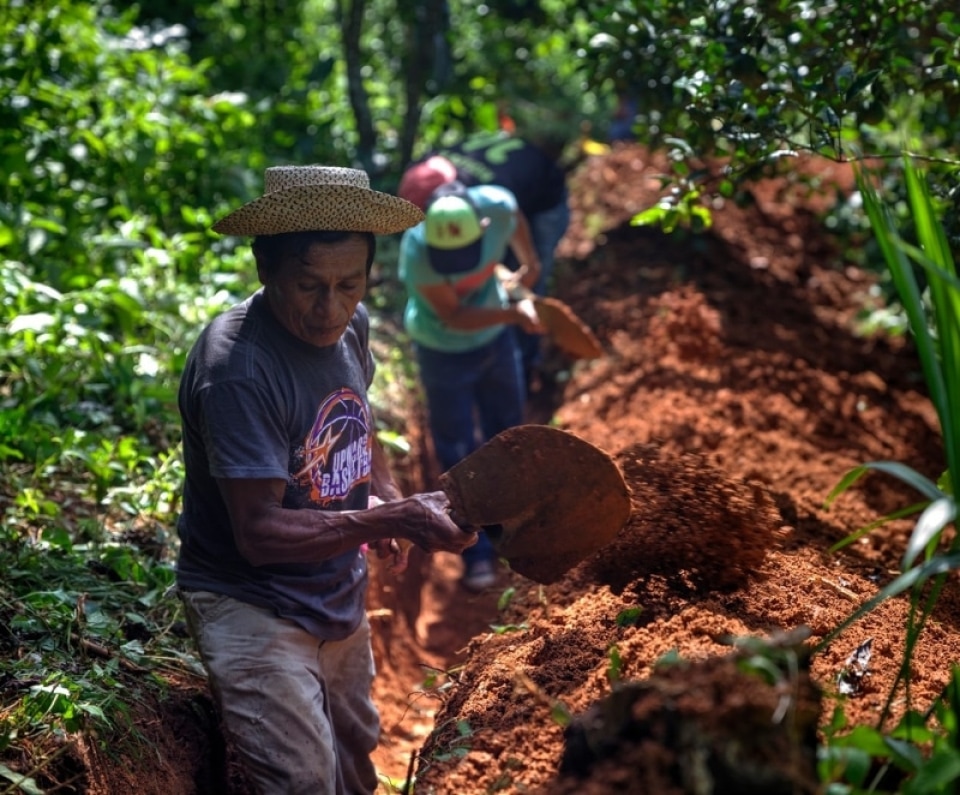As climate change creates complex challenges, we are responding to communities worldwide by finding innovative solutions for today and engineering community resilience for tomorrow. Resilience, innovation, and prosperity happen when we all come together, and we need you to help build our shared and thriving future.
Marginalized and underserved communities, both around the world and in the United States, often feel the harshest effects of industrialization and climate change. The most effective and urgent way to help is by building climate-resilient infrastructure in the communities where we work, which are often the areas most heavily impacted.

CHALLENGES IN CLIMATE EQUITY
The negative impacts of climate change and industrialization are most acutely felt in marginalized and underserved communities globally and in the United States. These impacts include enivornmental harm and destruction, economic hardship, and negative effects to health and well-being. The best and most immediate way to address these disparities is to create climate-resilient infrastructure in the communities that are most impacted by climate change.
CLIMATE INITIATIVE SUMMARY REPORT
During 2021 and early 2022 as COVID travel restrictions lessened and travel to our project locations became possibe once again, staff recognized the need for an update to our climate change
evaluation and methodology. While looking at the various climate data portals and researching quantitative data, we also knew that to truly improve our evaluation of climate change, we needed
to hear from our partners about what climate change looks like in their communities.
This need to listen and understand climate impact was the inception of the EWB-USA 2022 Climate Initiative.







